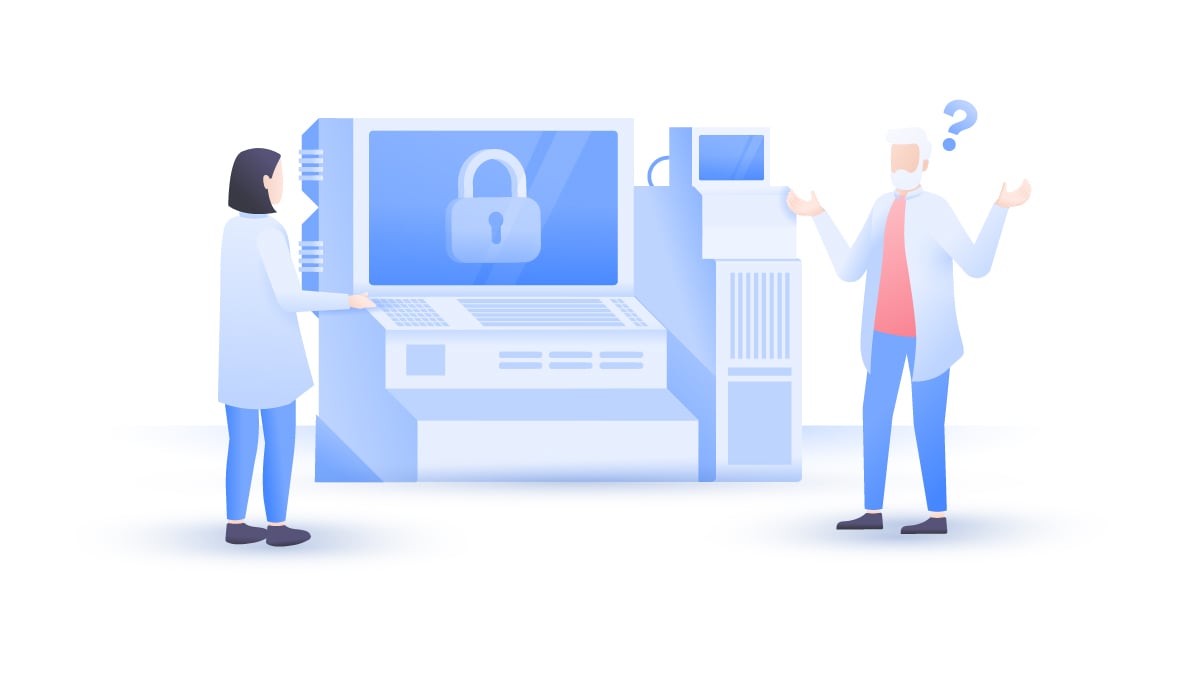What is extended detection and response (XDR)?
Since online threats are getting more sophisticated every year, companies have to search for advanced tools to protect themselves. Extended detection and response (XDR) encompasses various security solutions to detect, investigate, and eliminate threats. What is XDR, and what you should know about it?

How does XDR work?
XDR is a centralized security platform that protects your endpoint devices, servers, networks, and users from various threats. It constantly monitors your network environment, identifies suspicious events, and mitigates the damage in case of an incident.
There are multiple XDR (extended detection and response) vendors offering their services using the SaaS (software as a service)business model. This means that you need to pay for a subscription to use the XDR platform and protect your infrastructure from wrongdoers.
The weakest link in a company is an employee because it’s hard to control employees’ digital habits and make sure they follow security precautions. Many people use their personal devices for work, occasionally connect to public Wi-Fi, and skip updates, and most are not aware of common social engineering techniques.
Criminals know this and target employees to get inside the company’s network. XDR solutions allow businesses to monitor endpoint devices and react immediately if suspicious activity is detected.
Benefits of XDR security
Deeper visibility
XDR (extended detection and response) solutions allow endpoints, cloud environments, applications, and networks to be monitored, providing companies with deep visibility. Threats can come from various angles, and being able to closely inspect everything that happens in your IT infrastructure mitigates the risk of getting hacked.
Automated response
When a security incident occurs, every minute matters. XDR solutions can detect suspicious events and automatically take action. It’s like having antivirus software on your home laptop — most of the time you don’t even know that it’s there. However, when a malicious program is detected, antivirus immediately blocks it and alerts you about the event.
When we’re talking about enterprises, their attack surface often expands to thousands of connected devices. Automated response assures that if anything happens, your network is protected.
Threat investigation
XDR presents IT admins with the root cause of every alarm so they can be investigated. Using AI, XDR can inform the staff about every incident and provide loads of analyzed data.
Threat hunting
Online threats always evolve, making it harder to identify them and protect yourself. However, XDR solutions are capable of detecting even the most sophisticated threats and mitigating their damage.
Drawbacks of XDR security
Additional cost
As with bringing any other technology onboard, XDR not only requires an additional budget for subscription, but you also need to train your staff to operate unfamiliar tools. Different businesses have different needs, so XDR solutions are not necessarily for everyone.
Most XDR vendors offer training for both IT administrators and ordinary employees. XDR subscriptions cost money, and while this may not be a problem for large corporations, small and medium enterprises are not always willing to invest in their security.
Compatibility
If you want to integrate additional security solutions into your already operating XDR system, this may be a bit of a struggle. Vendors typically specialize in several security areas, and the system might not be compatible with third-party tools.
XDR vs EDR
While XDR (extended detection and response) and EDR (endpoint detection and response) may seem similar, they’re not exactly the same. EDR focuses on protecting endpoint devices, such as laptops, smartphones, servers, and tablets.
XDR protects endpoint devices as well as networks, email systems, and cloud applications. It offers a much more holistic approach to cybersecurity, whereas EDR is a bit limited.
EDR solutions have been around for a while. They are widely used across different industries and have already established their reputation. XDR platforms are considered an evolution of EDR, but it will take time for XDR to replace EDR.
How does XDR compare to MDR?
Another solution often discussed alongside XDR is MDR (managed detection and response). MDR is categorized as a security as a service, meaning that organizations outsource some of their security operations to third parties.
There is a growing demand for cybersecurity experts, and many companies are struggling to find the right staff. This leads to poorly protected databases, weak threat detection, and extended response time. MDR allows organizations to use the expertise of cybersecurity professionals without hiring them.
MDR providers can use XDR solutions as a part of their portfolio, but they will be operated by external employees. If a company lacks resources to manage XDR, analyze threats, and monitor the system, it’s better for it to go with MDR. XDR solutions are typically for businesses with dedicated cybersecurity staff, which is less common in smaller organizations.
Want to read more like this?
Get the latest news and tips from NordVPN.